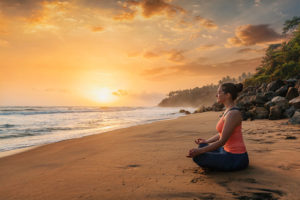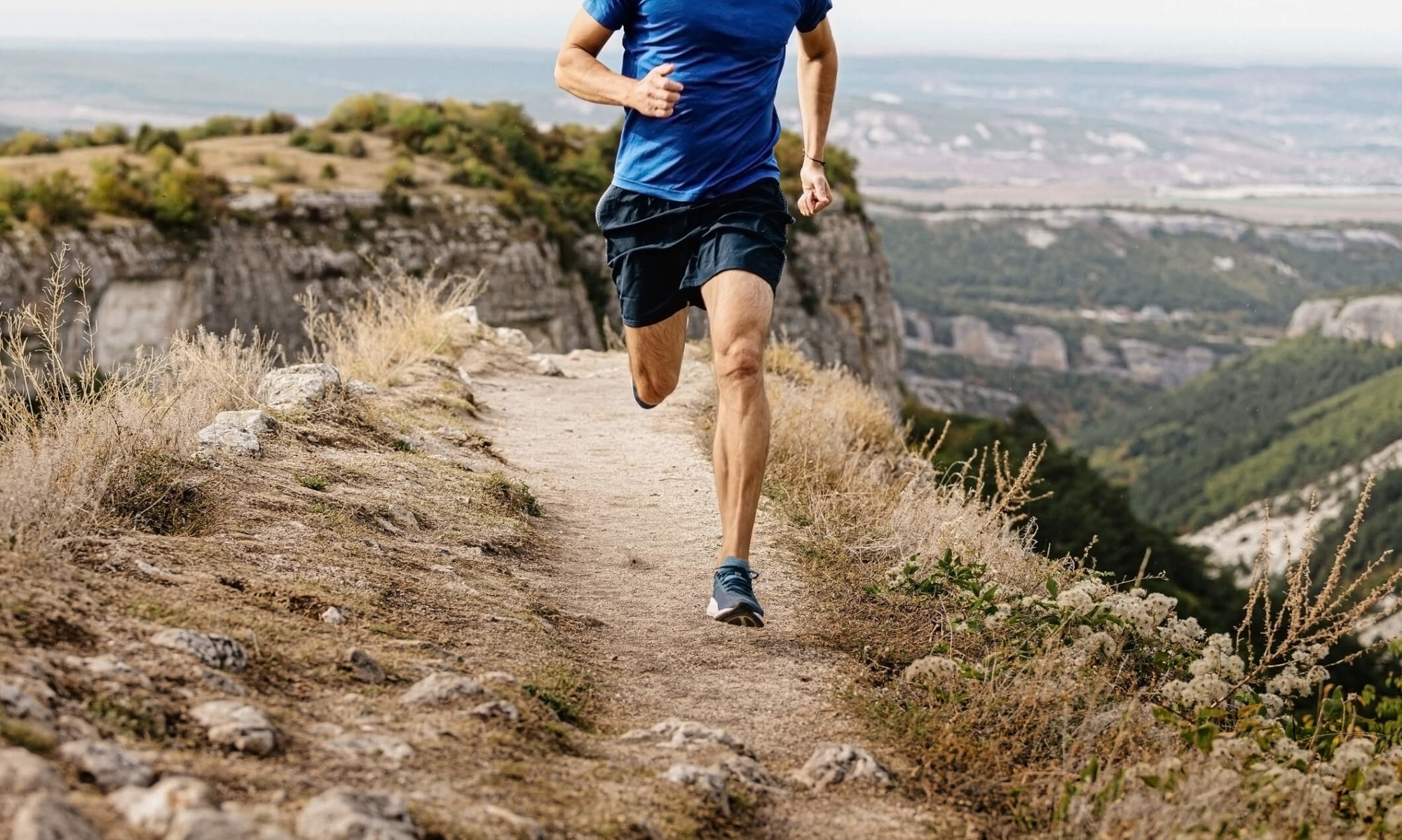There is a growing movement among humans realizing the natural health benefits to be gained from spending a greater amount of time in closer contact with the earth’s surface. For centuries, Eastern civilizations that practiced meditation have believed that staying closely connected to the Earth helps to restore and synchronize biological rhythms – thereby reducing physical stress and inflammation. Similarly, supporters of earthing (or grounding) claim that increased time spent nearer to the earth’s ionized surface helps to mitigate an uncontrolled release of free radical electrons as part of the body’s inflammatory response. Earthing advocates also point out that we are bioelectrical beings (“human batteries”) comprised of a brain, heart, and other tissue organs that function via charged electrical signals. Humans today are inundated by electrical devices such as phones, laptops, headphones, etc., and so many of these devices produce their own electrical energy that can harm or disrupt our bodies’ innate rhythms when not in a grounded state.

Since the invention and mass production of synthetic rubber some 75 years ago, some 95% of humans now rely on rubber soled shoes of some sort (more on this to follow in Part 2 of this blog). Grounding advocates believe this to be one of the main reasons that chronic inflammation rates have skyrocketed in developed nations. Before this time, even leather animal hides used for undersole and upper materials in boots and shoes was more conductive to the ground than the rubber and foam cushioning blends seen today. Animal hides (or straw) were also used as ground covers for sleeping amongst ancient civilizations, not unlike so many members of the animal kingdom that prefer to sleep on “nature’s bed” – or a cleared patch of ground. In his book Earthing, grounding pioneer Clint Ober speaks of instances of miraculous healing for animals and humans alike when most of the bodies surface area has been surrounded by earth’s soil.
In terms of sleep quality and physical recovery alone, I personally notice better recuperative rest whenever I’m able to sleep on a thin mat near the earth’s surface – as compared to softer, ultra-cushioned modern plush beds elevated well off the ground. Some research has examined the notable health and longevity of prior civilizations who lived in close contact with the earth: such as nomadic Native American tribes, African Bushmen hunter-gatherers, or the ancient Kandahar warriors of Afghanistan. I think about all the past generations of midwestern American farmers that I’ve observed living well into their 90’s; so many of them having spent every day out on their farmland – despite diets high in cholesterol and saturated fats! Some cautious critics may object that the FDA has yet to endorse the grounding phenomenon; however, less than 10% of medical devices get approval from the FDA. Furthermore, many devices that have been approved operate by increasing amounts of radiation – significant quantities of which is derived from the earth’s surface to begin with!
Although first labeled as quackery among scientific medical communities, now at least 20 scientific, peer-reviewed articles can support the health claims of this earthing phenomenon: with improvements such as a reduction in blood viscosity, decreased pain and inflammation. Improvement in a variety of conditions such as arthritis, sleep apnea, PMS symptoms, and many more cases of chronic inflammation have been discovered. Grounding technology has also been used to help athletes recover and heal from injury much faster. Clint Ober and other earthing ambassadors suggest incorporating barefoot walking, sitting or lying on the grass into your daily routine. If you do use grounding mats or bed covers – which include a grounding rod, wire and electrode attachments – use a voltmeter to determine the difference in electrical charge from the earth. At the very least, I suggest taking off your shoes more often – walk, sit, or meditate on the grass during your lunchbreak or exercise time. In Part 2 of this blog, I will go on to share my own experiences with barefoot running. As such a naturally simple (and inexpensive) health intervention, I urge you to give earthing a shot – what do you have to lose? Especially when considering that a longer, healthier life may be yours to gain. – CHRIS BORGARD
